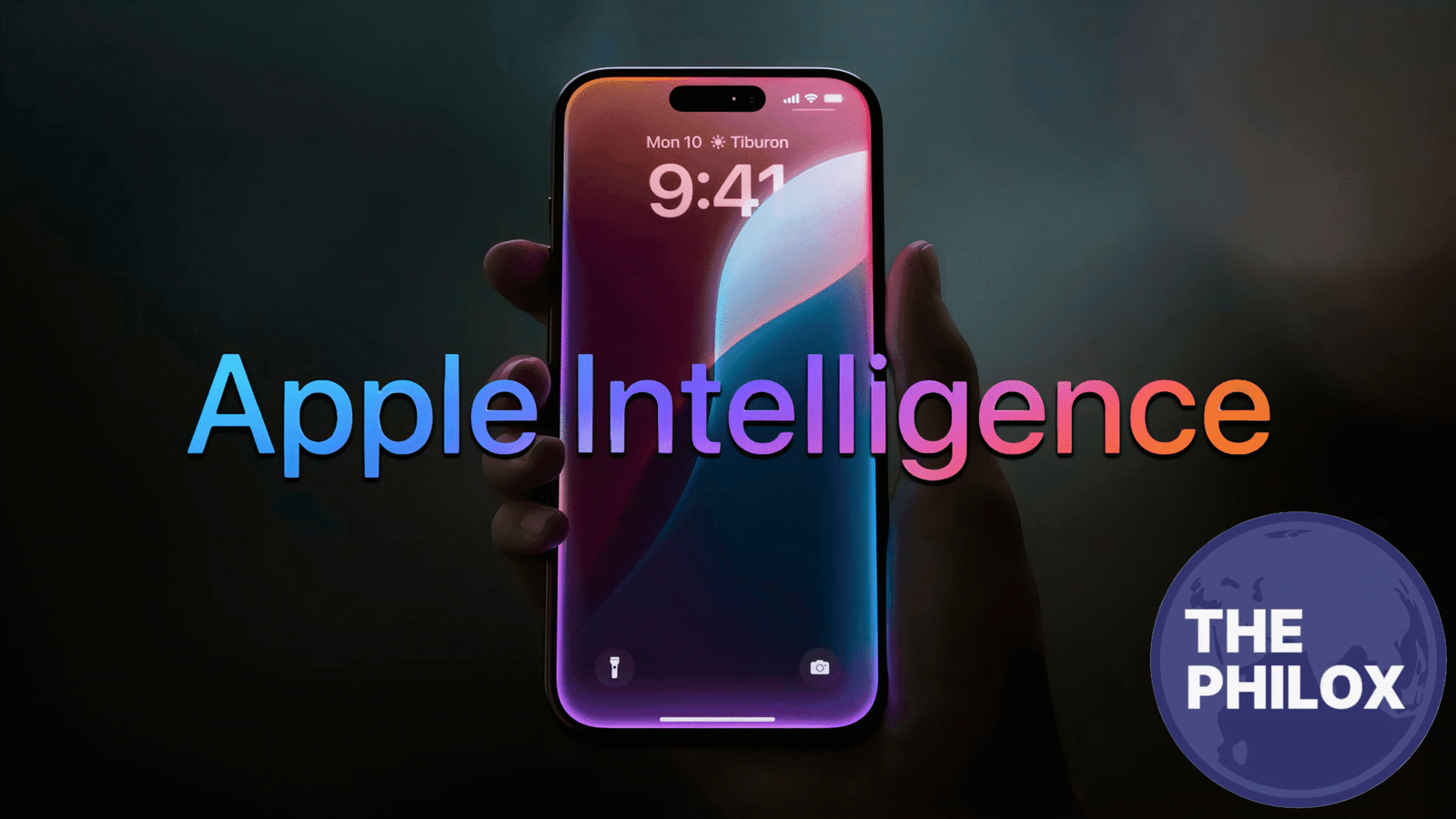
Introduction: Apple’s Silence and the AI Gold Rush
The tech sphere is undergoing a tectonic change right now. Emerging as the most revolutionary technology of the decade is artificial intelligence, especially generative AI and huge language models.
With Microsoft weaving AI into Office and Windows, Google redesigning Search and Android, and startups fast pushing the boundaries of what AI can accomplish, tech leaders are racing to include artificial intelligence into their products.
Apple has stayed quite silent among this craziness. Although whispers about Apple’s work on artificial intelligence have emerged, actual product introductions have been few.
Public releases from the company sometimes center on hardware improvements and iterative software updates rather than innovative artificial intelligence capabilities.
Growing worry and conjecture on Apple’s stance and approach in the changing AI scene result from this quiet.
2. The privacy paradigm: a two-edged blade.
Fundamental aspect of Apple’s brand identity is its dedication to privacy. From restricted data collecting to on-device processing, the company has established a name in a data-hungry sector as a privacy-first substitute.
Although consumers find great resonance in this emphasis, it seriously limits the creation and implementation of contemporary artificial intelligence systems.
Generative artificial intelligence models such as GPT or Gemini flourish on large datasets and ongoing feedback loops.
Training such algorithms calls for enormous volumes of user data—something Apple has always avoided.
Apple limits its capacity to create the kind of centralized, data-driven artificial intelligence infrastructure driving most of the innovation in competition by giving privacy and on-device processing first priority.
Trade-offs follow from this strategy. Compared to rivals, Apple’s artificial intelligence capabilities are sometimes less conversational, less flexible in context, and less broad.
For example, Siri, once a trailblazer in early artificial intelligence, has stagnated in ability as other assistants have become considerably more clever.
3. Careful Product Releases: Perfection Culture
Apple’s method also stands for its deliberative and cautious attitude to product introductions.
Apple wants to ship polished, well integrated goods rather than beta tools and iterate openly as other firms do.
Although this kind of thinking is commendable in terms of quality control, it would greatly slow the company’s entry into fast-moving sectors like artificial intelligence.
Apple typically waits until technologies reach a very high internal barrier, while rivals are ready to introduce experimental features with disclaimers and compile actual usage data to improve.
This cautious approach usually results in late to market behavior in the fast changing field of artificial intelligence.
Although early user involvement is essential for improvement and market leadership in the software and services sector, where pace appears slow, it could be appropriate for hardware.
Consequently, one gets the impression that Apple approaches artificial intelligence reactively rather than proactively.
The corporation is regarded as playing catch-up rather than spearheading the charge—a posture it hardly ever finds itself in.
4. Siri and the Afterglow of Underachievement
Siri’s path reflects Apple’s more general artificial intelligence difficulties. earliest launched in 2011, Siri was among the earliest voice assistants available.
But Alexa, Google Assistant, and currently ChatGPT have taken front stage throughout the years.

Siri is frequently attacked by users for being excessively strict, context-blind, and answer limiting.
Apple’s unwillingness to use cloud-based artificial intelligence processing because of privacy issues is one factor behind this inertia.
Siri’s capacity to interact dynamically, context-awarely is limited since most of its operations are conducted locally on the device.
Siri does not use a big, constantly updated language model or learn from user behavior in a significant sense unlike ChatGPT or Google Assistant.
Apple’s AI image has suffered from this underperformance. Apple users are left with a digital assistant that often stumbles with simple questions while rivals are putting sophisticated artificial intelligence into emails, calendars, browsers, and more.
5. Small AI Infrastructure and Developer Ecosystem
Though it improves user experience, Apple’s strict control over its ecosystem can impede artificial intelligence growth.
Unlike platforms like Azure or Google Cloud, the corporation does not grant the same degree of access to artificial intelligence tools, APIs, or model customizing.
Beyond the Apple environment, developers wishing to create AI-driven apps find more freedom and capability.
Apple also lacks a publicly visible cloud artificial intelligence platform like AWS, Azure, or Google Cloud AI.
This lack not only reduces the company’s exposure in business artificial intelligence but also keeps it from serving as a basic layer for outside artificial intelligence innovation.
Apple has made some strides in machine learning—such as Core ML for on-device inference—but these efforts pale in comparison to the cloud-first, developer-friendly ecosystems built by its rivals.
6. Oversaw Opportunity Loss in Generative AI
Apple has lately wasted multiple chances to dominate in general artificial intelligence. It might have introduced generative improvements driven by artificial intelligence using its supremacy in creative tools as Final Cut Pro, Logic Pro, or even Photos.
somewhat, these apps stay somewhat conventional with only little enhancements.
As this is going on, generative artificial intelligence has been adopted by Adobe and other creative software businesses, releasing smart audio editing, automatic background removal, and AI-generated graphics.
Apple is ideally positioned to provide flawless AI-powered creative tools given its control over hardware and software; but, it has so far missed opportunity.
This resistance points to either internal doubt or a lack of urgency—neither of which would be good in a very competitive artificial intelligence market.
7. One runs the danger of falling behind.
Apple runs the danger of irreversibly behind in artificial intelligence if it keeps on its present course.
Users will gravitate toward ecosystems that provide smarter, more responsive tools as generative models—from writing emails and organizing meetings to creating media content and coding—become more entwined into daily digital interactions.
Indices of this change already abound. For chores Apple could have naturally incorporated, users of iPhones are turning more and more to outside apps and services.
Should Apple fall short of consumer expectations, it could gradually lose its physical edge since software now mostly drives value and uniqueness in consumer goods.
Moreover, lagging in artificial intelligence could influence Apple’s goals for its business. Apple’s products can seem antiquated or underpowered relative to rivals if companies embrace AI-driven processes and demand improved production tools.
8. The Road Ahead: Apple Could Catch Up
Still, everything is not lost. Apple has the tools, personnel, and resources needed to compete—should it so want.
The corporation is allegedly spending extensively in AI research, including on-device intelligence and big language models, internally.
Should it be able to balance performance with privacy, it could potentially carve out a special place in the AI space.
Apple must change its strategy nonetheless if it is to succeed. Accelerating development cycles, being more open about AI projects, and providing tools enabling both consumers and developers to gain from its AI activities help to reflect this.
More crucially, Apple has to be ready to take measured risks—something it has traditionally avoided in favor of consistent, under control expansion.
Apple’s present slow in the AI competition results from a mix of sensible policies and good values.

Although ethically admirable, its privacy-first posture restricts the range of its AI capacity. Its slow introduction approach stunts innovation in a market that prizes speed and experimentation.
Apple needs to rethink how it mixes privacy with innovation, control with openness, and perfection with progress if it is to keep leading in the next era of computing. Apple Intelligence can then live up to its promise and name.




